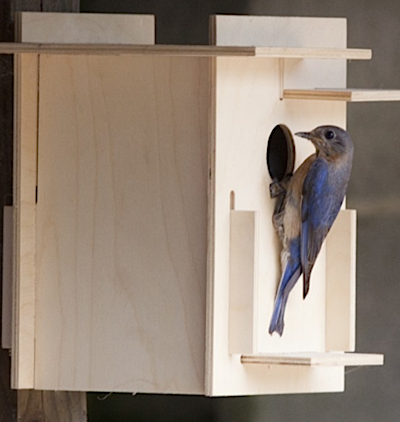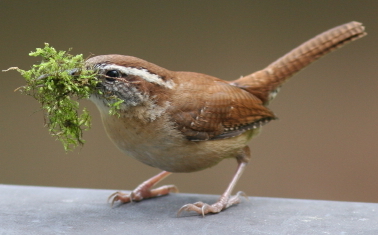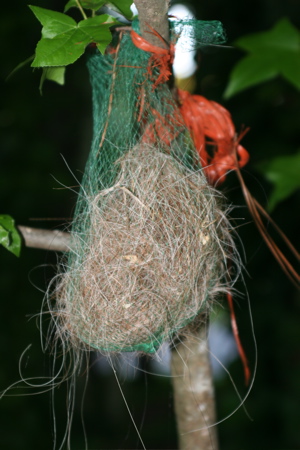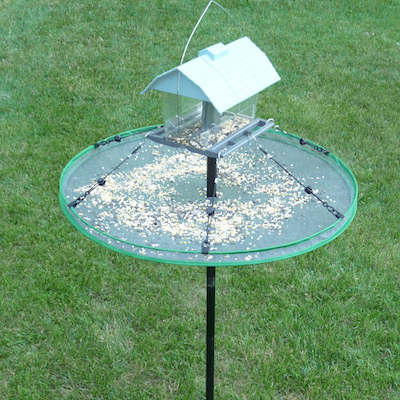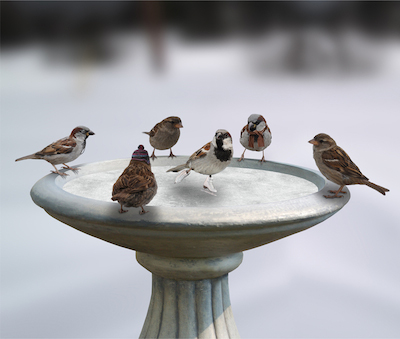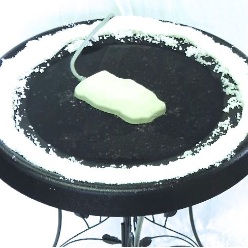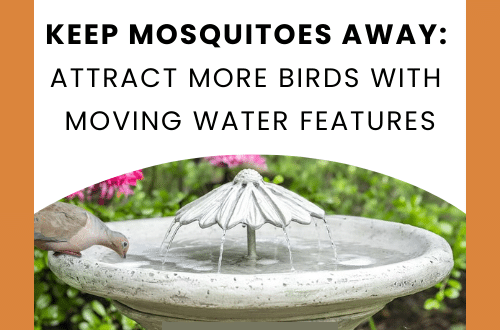-
It’s a Good Time to Start School Birdhouse Kit Projects
Spring is still months away for most two-legged beings, but for birds it’s the slight increase in daylight hours that sends signals. Instinctively, some of the earlier nesting birds who typically have 2-3 clutches per season, will begin scouting for suitable territory and housing to claim as their own. One of the milder winters of 2012 actually saw bluebird nest starts in February!
These cavity-dwelling birds (chickadees, nuthatches, titmice, woodpeckers and others) seek both man-made and natural nesting spots to raise their young. Providing homes for them through birdhouse kit projects makes perfect sense. Start now to have housing in place prior to nesting season in spring. The scouts will be on it sooner than than you think!
A great class-project for schools, with potential to get kids excited about and noticing some natural yet everyday wonders around them! The sturdy wooden housing offers birds a viable roost for cold nights, as well as an ultimate nest spot for several years. The houses may be decorated or painted incorporating art into the project as well.
Also as part of the project, kids can gather home-made nesting materials to help lure birds to their new creations. Feathers, and pet hair are favorites, while decorative mosses are heavily used for nest building-even by those birds who don’t use houses. Dryer lint is never recommended because polyester and such are aren’t natural. Should any of the families have horses or if the school’s near a farm… even better because horse hair is a big winner for birds! The mesh produce bags from the grocery store (like the kind apples come in) make ideal holders for the materials collected.
Please do inquire on bulk rates for school birdhouse kit projects! We’d be delighted to help… our thanks for housing the birds 🙂
-
Yes, They Make Bird Seed Trays for Poles
One of the down-sides of feeding birds (for some folks) is the ground mess with which to contend. There are easy ways to avoid waste pretty much altogether… and fairly easily.
Whether hanging or pole-mounted, there’s a solution with bird seed trays. This one is adjustable and accommodates almost any style feeder out there! Although the Seed Hoops hang, they’ll slide nicely right over a pole as well. It’s as simple as cutting a small slit in the center of the tray.
Also in wood and durable recycled plastic, seed trays are available for 4×4 posts too.
A tad more sturdy, the poly-lumber (or recycled material) truly does last a lifetime.
A few other measures to avoid ground mess or at least reduce its presence, is using a no-waste seed. Because there are no fillers, birds are less likely to sort through and pick out the good stuff! Fillers are what ends up on the ground anyway, millet, milo and corn being most common. Sunflower hearts are always a great choice, and you can bet anything that does land on the ground gets scarfed up quickly.
Suet is another alternative for clean feeding. Many birds will partake and there’s no waste. Thistle’s also a good choice as these seeds will not germinate. You won’t see as many species with thistle alone (mostly finches), but when offered along with suet, there should be a good variety. Chickadees, nuthatches, warblers, woodpeckers, and even bluebirds in winter will go for suet.
So if the feeding mess has you down, don’t give up the ship yet… try using a bird seed tray and offering cleaner seed. The birds are worth it 🙂
-
Bird Baths and the Non-Alernative
What a fun image… even though the subject is house sparrows, but c’mon… bird baths are pretty useless once turned skating rink 🙁
Aside from the skater, the one with the hat is too cute- thanks Elmer for the creative… it’s perfect! Adding a simple bath heater makes water accessible through winter months. Being a critical life force, you’d be surprised at the variety of feathered friends who will frequent a fresh water source during hard freezes. Even when there’s snow on the ground, good old H2O serves birds much more effectively.
The main mode of survival during bitter weather is to eat enough food throughout the day to store a layer of fat, enough to get them through the night. So when a bird eats snow to get water, they burn precious calories in the process converting that snow to water.
Heated bird baths however are as simple as plugging them into an outlet, thus eliminating this futile process. For use year-round, just unplug and tuck the cord when spring finally rolls around. If you have an existing bath that gets turned over for winter – stop! Just add a heater as an accessory, the newer ones are safe in most baths and they even come with manufacturer warranties these days.
Even bluebirds are more likely to over-winter if a consistent fresh water source is available to them. So nix the skating rink and the dreaded bath “turn-over” as you’ll entice more beaked buddies to your place and encourage them to stick around!

